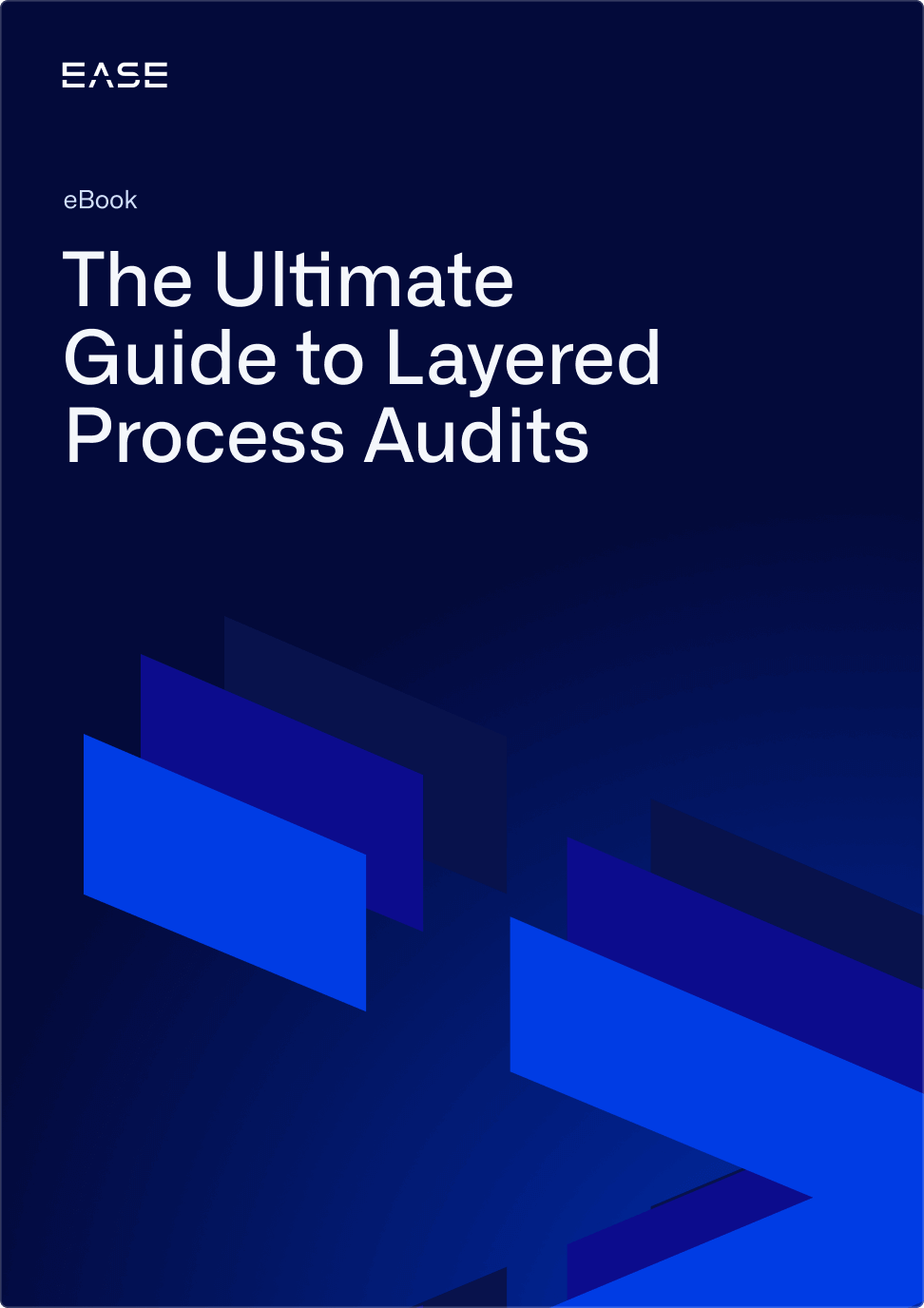Supporting GMP Compliance with Digital Audits and Inspections


Good manufacturing practice (GMP), sometimes referred to as current good manufacturing practices (cGMP), is critical to pharmaceutical quality and safety. GMP is a prime focus of U.S. Food and Drug Administration (FDA) inspections and enforcement, frequently appearing in warning letters and 483 observation inspections.
What’s more, the FDA considers any drugs manufactured out of compliance with GMP adulterated, making them subject to recall.
GMP requirements vary from country to country, but share several similarities in terms of what regulators expect from drug manufacturers. Designed to provide flexibility in how manufacturers implement them, GMPs focus on ensuring quality processes are followed to prevent errors and drug safety issues.
Here we explore how to support GMP compliance with digital audits and inspections, including specific requirements from 21 CFR Part 211 to focus on as you build your checklists.
Watch our free on-demand webinar on Why 2022 Is the Year to Take Safety Inspections Digital
Following Written Procedures
Digital audits and inspections support GMP compliance as a process control for ensuring written procedures are followed, as required under 21 CFR Part 211. While sampling finished products is part of GMP, verifying that the right processes are being followed is equally important—and more likely to be overlooked by manufacturers.
In the context of GMP compliance, checklists should address requirements in areas such as:
- Production and process controls
- Sampling and testing procedures
- Container handling
- Packaging and labeling control and operations
- Warehousing and storage
- Laboratory controls
Digital audits and inspections allow you to complete checks quickly, enabling more frequent checks by completing checklists on a mobile device. Checklist questions can be randomized and rotated to cover these different areas, while also providing instant visibility into compliance gaps that need to be addressed.
Employee Qualifications
21 CFR 211.25 requires that all personnel have the training and skills to ensure that products are safe and high quality. It’s important to note that while it’s easy to verify whether training has been completed, what’s harder is determining whether or not employees retain the essential information.
Conducting digital audits and inspections is a simple way to determine this, allowing manufacturers to design specific questions to verify training effectiveness. Checklist questions should focus on the what, how and why of the process in question, enabling manufacturers to gauge whether the employee truly understands what they need to do and why it’s important.
Take personal protective equipment (PPE) compliance, for example, an issue that recently forced one manufacturer to waste millions of vaccine doses due to the potential for contamination. Here, a digital audit checklist might include the following:
- What: Can the employee describe the specific PPE required when working in the cleanroom?
- How: Can the employee demonstrate how to put on and take off the PPE so as to eliminate the possibility for contamination?
- Why: Can the employee describe why this particular type of PPE is important in this work area?
Sanitation and Maintenance
21 CFR 211.56 focuses on sanitation, a crucial part of preventing contamination during the pharmaceutical manufacturing process. FDA requirements also state that buildings must be in good repair, an area where digital audits and inspections can provide insight into problems that need to be fixed.
Checklists should incorporate questions on whether:
- Written sanitation procedures are being followed according to a defined schedule, using the methods and materials as described in those procedures
- Buildings don’t have obvious maintenance issues, such as if there’s a dripping pipe in a pharmaceutical processing area
- Equipment is routinely cleaned and calibrated according to the schedule
Product and Container Handling
Subpart E of 21 CFR Part 211 designates requirements for control of components and product containers in order to ensure proper identification and handling. Digital audits and inspections are helpful for verifying:
- Procedures to prevent contamination are being followed
- Components and product containers are stored up off the floor to allow for proper cleaning and inspection
- Lot identification codes are used and all lots are identified as quarantined, approved or rejected
- Products and raw materials are being tested appropriately
Many companies hire third-party auditors to perform internal GMP audits to help them avoid regulatory findings. However, verification checks are more effective when conducted more frequently, representing a proactive approach to finding problems before they are identified by someone outside your facility.
A digital audit and inspection platform like EASE simplifies the process of creating checklists, scheduling audits and reporting on compliance. It also creates a digital record that can be easily accessed when FDA requests evidence of process controls. Most importantly, however, it allows companies to make verification a habit, fostering a culture of quality and sending the message that following procedures is a top leadership priority.
